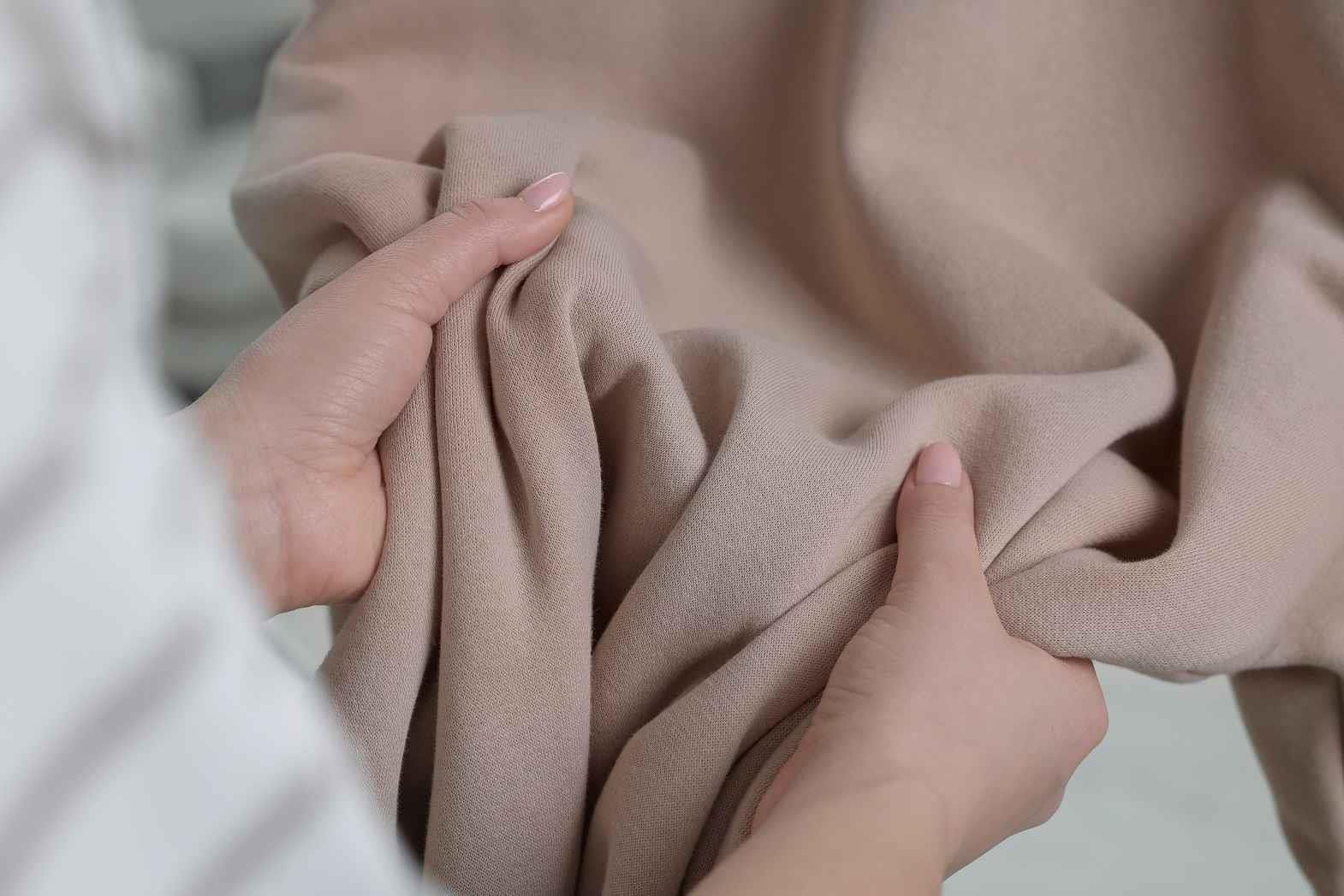Textiles and clothing infused with medicinal herbs are becoming popular, especially in urban India. Textiles dyed from the extractions from various herbs are called herbal textiles. Their dyeing does not use any chemicals. The dyeing process uses vegetable dyes, copper sulphate, and ferrous sulphate. Hence, there is a big difference in herbal dyes and vegetable dyes.
The concept of herbal textiles has been derived from Ayurveda, the ancient Indian method of Vedic healthcare. Ayurvastra is a branch of Ayurveda. In Sanskrit, ayur means health and veda means wisdom, while vastra means clothing. Ayurvastra is made from organic cotton fabric infused with special herbs and oils to give health benefits. Ayurvastra has been used since long to treat diabetes, skin infections, psoriasis, hypertension, asthma, arthritis, rheumatism, high blood pressure, eczema, and even some types of cancer.
The making of herbal textiles
Every step in making herbal textiles is carefully and strictly monitored. Manufacturing herbal textile begins with 100 per cent organic yarn that goes into the making of 100 per cent organic fabric. No chemical process is involved while dyeing and processing the fabric. The fabric or yarn used in herbal textiles is certified organic cotton, natural silk, wool, jute, hemp, and their natural blends. The fabrics have to pass through various stages of treatment before they are turned into finished products.
Desizing: This process involves washing the processed grey cloth with natural mineral-rich water and sea salt. This removes sizing, gums, and oils used in the process of weaving.
Bleaching: The bleaching process is done with biodegradable, organic cleaning agents and surfactants such as Saptala, Phenila etc., and dried naturally under direct sunlight.
Dyeing: The organic yarn/fabric is dyed in a mixture of herbal dyes, which is made depending on the ailment to be treated. These are made by blending different medicinal herbs, plants, flowers, roots, and barks. The dyes are made with utmost care. The temperature of the dyes, duration of dye soaks, blends of herbs, and the equipment used are carefully prepared and controlled. Almost all colours can be prepared from the herbs. After dyeing, the cloth is allowed to cool. It is repeatedly washed and then dried in the shade.
Finishing: This process also uses organic agents. Pure water is sprinkled on the cloth and it is stretched using pressure using hand rolls, castor oil and aloe vera..
Recycling residue: The entire process is eco-friendly as it does not pollute the environment like synthetic dyes. Through the process of filtration, both solid and liquid wastes are separated. The solid waste is used as manure and also to generate bio-gas. The liquid waste is used to water farms.
Mordanting: To make the colours look bright and retain colour fastness, natural mordants like myroballans, rubhabs leaves, oils, alum, fruit extracts of haritaki, bark of lodhra, minerals, iron etc are used. Mordants like copper, chrome, zinc and tin are not used as they are not eco-friendly.
Machines and chemicals
The cloth needs to pass through several processes before it is ready to wear. No machines are used to make Ayurvastra. All the processes like bleaching, dyeing and other processes are done in big vessels which can be made according to the requirement. Moreover, no chemical additives are added to the cotton fibres while spinning, weaving or to enhance appearance.
Benefits of herbal clothing
The health benefits of herbal clothing and its usage depends on the theory of touch. The body loses toxins when it comes in contact with herbal clothing and this improves metabolism. Herbal clothing is also known to help fight against many common diseases like diabetes, hypertension, skin allergies, asthma and heart ailments.
The human body naturally heals itself when sleeping or meditating. Thus, when the body is at rest, herbal clothing will work most effectively. The skin is known as the largest organ of the body. It acts as a fence and protects the body but it can also be the channel for outside germs and toxins to enter the body. Herbal clothing helps to stand like a guard against harmful toxins about to enter the body through the skin. That is why they are beneficial for health.
That is why herbal textile is mainly used in making sleepwear, undergarments, bed coverings, towels, meditation clothing etc that remains close to the skin absorbing all the benefits it gives out. Herbal textiles are also used in home textile products like mattresses, coir mats, door mats, bath towels, bed spreads and carpets. When making coir mats using herbal fabric, the fibers are first soaked in herbal dyes and then woven into coir mats.
Demand for herbal textiles is increasing in India. However, this industry needs support from the government to survive in the market since it faces strong competition from other textiles. Ayurvastra is believed to strengthen the immune system. Many Ayurveda centres in Bangalore are asking their patients to use Ayurvastra for healthy living. The Handloom Weavers' Development Society produces a variety of home textiles using herbal fabrics in India. They also export herbal clothing like saris, bed sheets and dress materials to the United States of America, Italy, United Kingdom, Singapore, Malaysia, Jordan, Germany, Taiwan and Saudi Arabia. With increasing demand for herbal clothing, companies such as Ayurvastraonline have started offering products online.
The state government and Central ministries in India are promoting herbal textiles as it will increase the market for handloom industries which will create a niche market for eco-friendly fabrics. Not only the government but researchers must also contribute in developing these textiles and bring in innovations. The positive point that favours this industry is the affordability of these textiles. The cost of production is low so the price of these textiles is also comparatively less.
References:
1. Textilelearner.blogspot.in
2. Auraherbalwear.com
3. Colourage








Comments